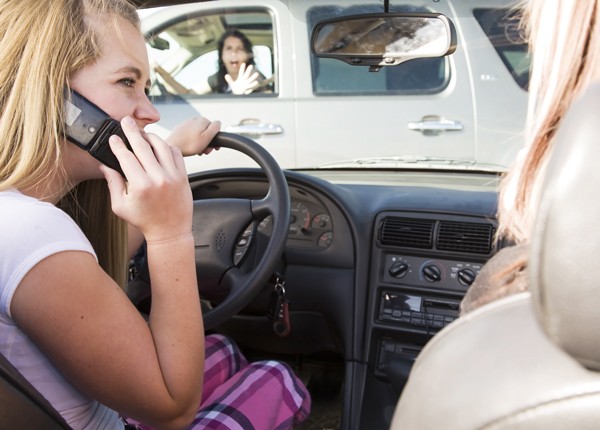
The Effects of Speed On Your Driving Ability: It's Not Just About Braking
Updated Dec. 15, 2020Keeping speed to a minimum is one of the best risk-reducing tactics you can employ as an attentive driver. As the speed you are traveling at increases, so too does the danger you are exposed to and the challenges you face. Of course, driving significantly slower than other traffic using a roadway can also increase the chances of an accident or collision occurring. You should therefore seek to set your speed at a minimum safe level, to reduce danger while still maintaining the flow of traffic.
At faster speeds, you must increase your following distance because:
- It will be harder to spot potential hazards.
- Your peripheral vision is reduced the faster you are traveling.
- You will cover more distance in the time it takes to make decisions.
Difficulty processing visual information
It becomes harder to accurately perceive and process visual information the faster you are traveling, which increases the chances that you will not respond to hazards appropriately. As you will cover larger distances in a shorter space of time, important details about the roadway environment are easier to miss. To compensate for this, you should choose visual targets on the roadway that are further away. This will afford you more time to gather information about the roadway along your path of travel.
The range of your peripheral vision also narrows with speed. The faster you are traveling, the more likely it is that you will fail to notice important events and hazards to the side of your vehicle. On high-speed roads, you must turn your head to check the roadway adjacent to your vehicle regularly and more often.
Vehicle control challenges
Your ability to control your vehicle effectively will be lessened when traveling at high speeds. The faster you are traveling, the greater effect steering will have on the movement of the vehicle. It is important to avoid sudden or forceful steering movements when traveling on high-speed roads, as the slightest movement could cause the vehicle to roll or spin out of control.
Combat this problem by giving yourself more time to plan for and execute maneuvers at high speeds. Choosing a further-away target to create a larger target area will help you achieve this. When you have plenty of time to prepare for upcoming maneuvers, you should be able to steer, brake and accelerate smoothly without any abrupt movements.
Communicating at high speeds
In most high-speed environments, your car is not the only deadly weapon on the roadway. Giving other drivers enough time and space to maneuver their vehicles safely is just as important as the way you maneuver your own.
Fast and effective driver-to-driver communication is even more important at high speeds. All motorists using the roadway will need more time to react to changing conditions and hazards than usual. You could easily end up in a fatal collision if you do not recognize and respond to another driver’s intentions or give them enough time to respond to your own. Constant vigilance and timely signaling are required to maintain safety.




